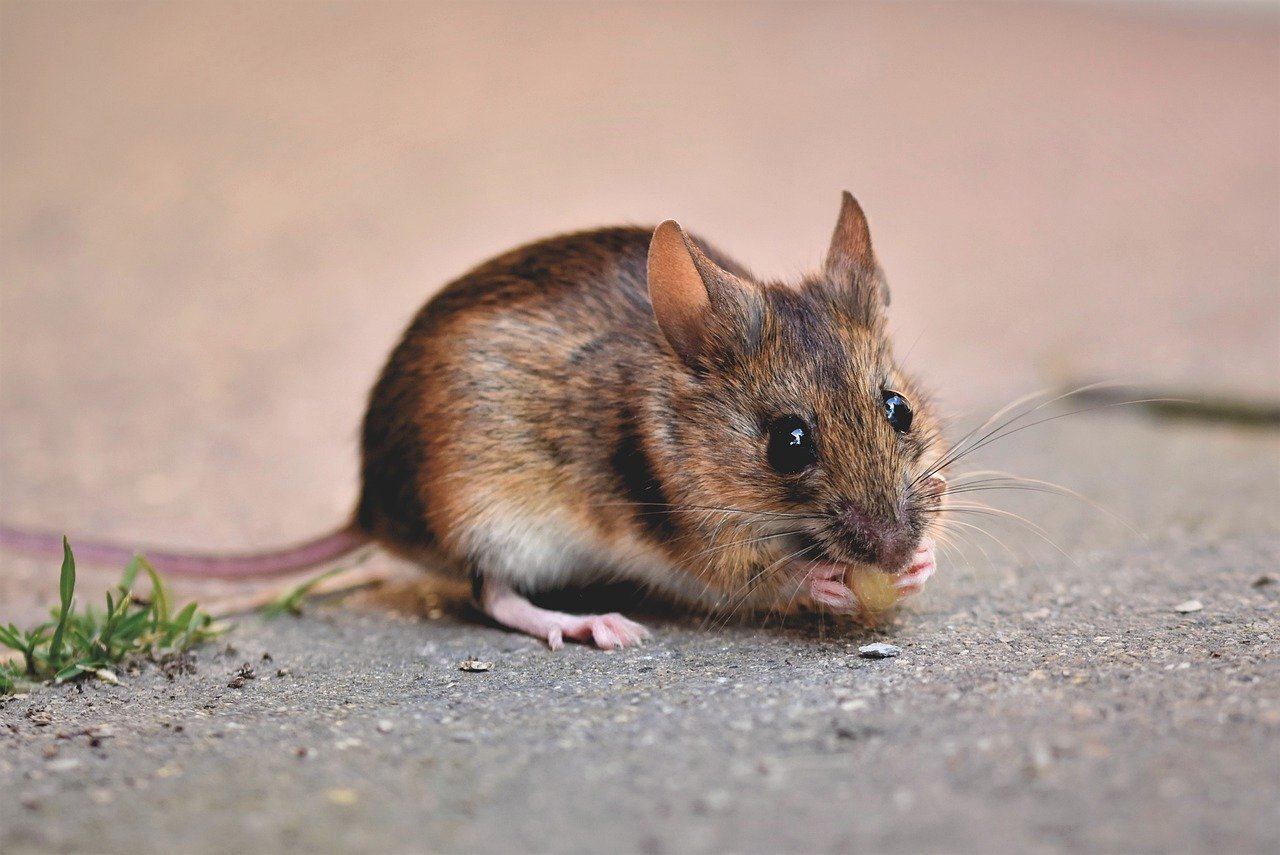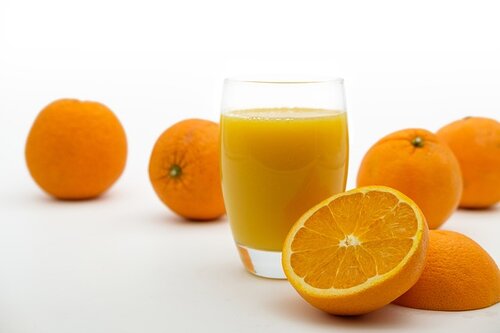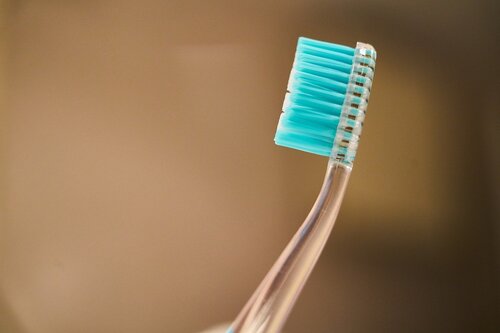
Of all the things I expected during my wine studies, a trip to the local pet store in search of smelly rodents was never a part of the plan.
Mousiness is an uncommon wine fault. You can’t smell mousiness in wine, you can only taste mousiness in wine. Mousiness has an earthy, slightly sweet taste like rodent cage after you swallow the wine in the back of your throat. Mousiness in wine comes from the winemaking process. Genetics determines whether you can detect mousiness in wine or not.
Here’s what you need to know about this rare wine fault.
What Is Mousiness in Wine?
Mousiness produces an earthy, slightly sweet aroma à la rodent cage. The fault originates in high pH fermentations (typically reds) and wines with insufficient SO2 (sulfur dioxide) during the winemaking process, and it is, thankfully, an uncommon fault more often found in natural wines that have limited SO2 additions.
Mousiness is the albino animal of wine faults: rare, but it stands out when scampering across your path – or in this case palate.
I’m working my way through a wine flaws course. Class falls on Thursday evenings, but I would argue that this particular subject matter would pair better with Mondays… or maybe Wednesdays. Nothing like a couple of glasses of terrible wine to round out the end of a workday.
The pet store field trip – one of my more brilliant ideas – came about from a deliberately faulted wine that I thought tasted fine. This is a problem.
Let’s take a step back and look at how our sense of smell functions.
Wine Faults: Detection Thresholds
We humans, being the unique creatures that we are, have varying genetic makeups that equate to differing abilities to detect the myriad aromas around us as we go about our daily lives. I attribute this fact to the reason why I’m bothered by stale kitchen garbage, while my son can ignore it indefinitely.
This detection threshold, written into our DNA, cannot be changed no matter what type of self-training we do.
Detection means just that: You notice an odor. Something’s there – but you’re unable to pick out **exactly** what it is. Swirl your wine. Stick your nose into the glass. Breathe deeply. What is that?
You smell… something…
Fun Wine Fact: A person’s detection threshold is not the same for all aroma compounds. You may be able to pick up some smells more easily than others.
Wine Faults: Recognition Threshold
Moving from detection to recognition is where things get interesting in your wine glass. Recognizing a smell means that you can identify it by name.
“Ah ha!” you proclaim with certitude, “That is ripe strawberry.”
Green banana, white pepper, passion fruit, or even lemon curd – an endless aroma catalog wrapped up in chemical bonds waiting for you to sniff them out.
In wine, an aroma molecule’s concentration, and therefore strength, is typically written in parts per million (ppm) or parts per billion (ppb). Unlike the detection threshold, you can train your recognition skills and improve your ability to pick up odors in lower concentrations over time.
Some aromas have extraordinarily low recognition thresholds.
A famous wine example is green bell pepper, or methoxypyrazine, often referred to as greenness. You can find green bell pepper in under-ripe grapes from the Cabernet Franc family: Sauvignon Blanc, Cabernet Sauvignon, and Petit Verdot. Riper, more pleasant expressions include mint, herbal, and grassy notes.
Greenness can also get into wine from ladybug beetles.

Ladybugs emit methoxypyrazine when spooked as a defense mechanism. If grape clusters happen to have unlucky ladybugs lazing about on them during harvest, the chemical compound transfers into the wine.
Yes, ladybug taint is a thing, I kid you not.
Humans are extra sensitive to this green bell pepper smell at 1 nanogram per liter, or part per trillion, the equivalent of 1 drop in 20 olympic size pools. In terms of ladybugs, because I know you’re curious, a single ladybug per vine is enough to ruin the juice made from that vine.
Review Time
- Detection Threshold = Genetic
- Recognition Threshold = Education
Back to the rodent business.
Where Mousiness in Wine Comes From
Mousiness differs from other aromas because it isn’t actually an aroma you can smell when swirling the glass.
No amount of nose twitching will alert you to mousiness.
According to wine writer Jamie Goode in his book Flawless, you can pick up mousiness if the pH in your saliva can increase the pH of the wine sufficiently. Wines usually fall between a pH of 3 to 4, with 3.8+ considered a high pH wine. Salivary pH has a normal range of 6.2-7.6; water has a pH of 7.


Your mouth’s pH affects how you perceive foods.
A classic example: teeth brushing with an orange juice chaser. Toothpaste raises your salivary pH ± 0.5, making that glass of juice taste especially acidic.
Mousiness takes a few seconds to detect; that first sip may be perfect and you go for another. But then all of sudden, oowf!
Whatever that chemical change is, it happens in a trice and you pick up funky rodent towards the back of your palate after swallowing.
Will All Wines Be Affected by Mousiness?
If one bottle is faulted with mousiness, will all wines from a label/vintage/producer be faulted? Most likely, yes. If you open a bottle from a producer and it’s mousey, all of the same bottles/vintage from that producer will likely have the same fault because the fault comes from the winemaking process.
You can always request replacement bottles for faulted wines, and indeed some flaws can be limited to a particular bottle due to bottle variation, for example, a defective closure.
But before you scurry back to swap out your mousy wine, understand that the origin of mousiness lies in the winemaking process.
This means that the wine will likely express itself similarly across the bottles from that label/vintage/producer.
Hypothetically, you could get two bottles from different production lots (i.e., one bottle from barrel ‘x’ and another bottle from barrel ‘y’), and the mousiness could be limited to one of the production lots and not the other. But it’s highly unlikely that bottles from different production lots wind up in the same box for distribution, and by extension at your local wine shop or corner bistro.
Can Everyone Taste Mousiness in Wine?
It turns out that an estimated ⅓ of the population can’t detect mousiness. That’s a massive number. Maybe it’s something to do with individual variation in salivary pH? The science is still out.
My self-confidence in wine aroma identification has continued to improve over the past umpteen years, but I got nothing from my mousey wine. It tasted winey. And I wasn’t alone. Several fellow students in the class admitted that the faulted wine tasted fine.
A bigger issue is what to do about a potential fault that can’t be detected by a significant percentage of people. The winemaker could fall into the trap of bottling her wine without ever knowing a problem exists.
This is why you always want multiple mouths involved on blending day – and on judging day.
Our different sensitivities mean that any one of us could unintentionally overlook a fault.
Hence the pet store experiment. I figured if I couldn’t taste mousiness, then I could go and bask in the sweet earthiness of pet shop rodentia. Alas, it was not to be. Pine shavings and good animal husbandry foiled my ill-fated plan.
The real takeaway here is that you and your enjoyment of wine are unique.
If you’re tasting with someone and they declare the wine perfectly fine while you’re gagging and looking for a polite way to spit, embrace your individuality and go grab a different bottle.
Life’s too short for mousy wine, or so I’ve been led to believe.
Thirsty for More?
Here’s what you need to know about cork taint.
Here’s how to tell if your white wine is bad in 3 easy steps.



